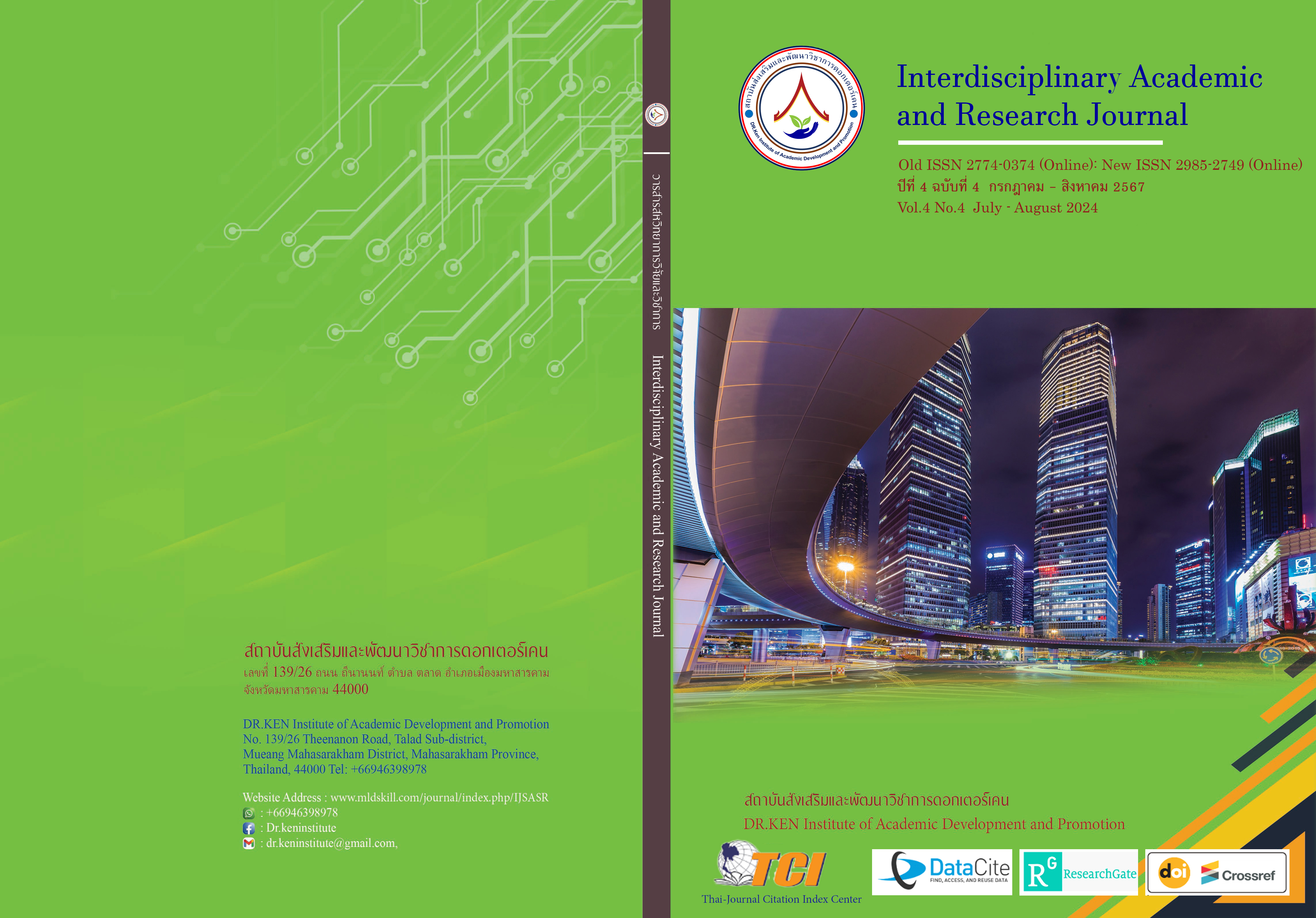The Effects of DR-TA Teaching Method on Reading Comprehension of Third-Grade Students
DOI:
https://doi.org/10.60027/iarj.2024.277222Keywords:
Reading Comprehension Skill; , The DR-TA Teaching MethodAbstract
Background and Aims: Reading comprehension is essential for third-grade elementary students because it enables them to understand words, texts, and sentences thoroughly. This skill allows students to summarize details, sequence events in stories using their own language, predict outcomes based on reading comprehension, and apply ideas from reading to everyday life. The DR-TA teaching method is a teaching approach that helps students develop reading and thinking abilities by setting reading objectives that enable them to analyze, comprehend, and synthesize information. It involves considering content based on reading objectives and making decisions using the gathered information and prior experiences. Therefore, the objective of this research is to compare the reading comprehension abilities of third-grade elementary students before and after being taught using the DR-TA teaching method.
Methodology: The participants are 15 of the third-grade students from Sirmsukwittaya School, Phetchaburi, who enroll in the second semester in 2024. The research instruments are 1) lesson plans and 2) reading comprehension tests. All the obtained data will be analyzed by percentile, average, standard deviation, and dependent sample t-test.
Results: The research found that using the DR-TA teaching method had an impact on the reading comprehension abilities of third-grade elementary students.The reading comprehension skills of the third-grade students are higher when using the DR-TA teaching method. Statistically significant at .05. It resulted in an improvement in their ability to comprehend what they read. This indicates that the DR-TA teaching method can be utilized to enhance students' reading comprehension abilities. This is because it sets conditions for readers to practice critical thinking, provides systematic learning, and allows continuous self-assessment, leading to better understanding of the material read.
Conclusion: The results show statistically significant improvement in third-grade students' reading comprehension skills, demonstrating the efficacy of the DR-TA teaching method. This approach facilitates deeper comprehension of reading material by encouraging critical thinking, systematic learning, and self-assessment. As such, it may be valuable for educators who want to maximize their students' comprehension skills.
References
ฉวีวรรณ คูหาภินันท์. (2542). การอ่านและการส่งเสริมการอ่าน. กรุงเทพฯ: ศิลปาบรรณนาคาร.
ล้วน สายยศ และอังคณา สายยศ. (2538). เทคนิคการวิจัยทางการศึกษา. พิมพ์ครั้งที่ 4. กรุงเทพฯ: สุวีริยาสาส์น.
แววมยุรา เหมือนนิล, ประทีป เหมือนนิล, และชมัยภร แสงกระจ่าง. (2564). การอ่านจับใจความ. กรุงเทพฯ: พี.เอ.ลีฟวิ่ง.
สุนันทา มั่นเศรษฐวิทย์. (2557). เอกสารการสอน ชุด การอ่านภาษาไทย THAI READING (ฉบับปรับปรุงครั้งที่ 1). นนทบุรี: สำนักพิมพ์มหาวิทยาลัยสุโขทัยธรรมาธิราช.
อัจฉรา ประดิษฐ์. (2552). ชวนเด็กไทยให้เป็นนักอ่าน (1). กรุงเทพฯ: สำนักงานอุทยานการเรียนรู้.
Dallmann, M., & Boer, J.J. (1978). The teaching of reading. New York: Holt, Reinhart and Winston.
Tierney, R.J., & Dishner, E.K. (1995). Reading strategies and practices: a compendium. Boston: Allyn and Bacon.
Downloads
Published
How to Cite
Issue
Section
License
Copyright (c) 2024 Interdisciplinary Academic and Research Journal

This work is licensed under a Creative Commons Attribution-NonCommercial-NoDerivatives 4.0 International License.
Copyright on any article in the Interdisciplinary Academic and Research Journal is retained by the author(s) under the under the Creative Commons Attribution-NonCommercial-NoDerivatives 4.0 International License. Permission to use text, content, images, etc. of publication. Any user to read, download, copy, distribute, print, search, or link to the full texts of articles, crawl them for indexing, pass them as data to software, or use them for any other lawful purpose. But do not use it for commercial use or with the intent to benefit any business.
















.png)


